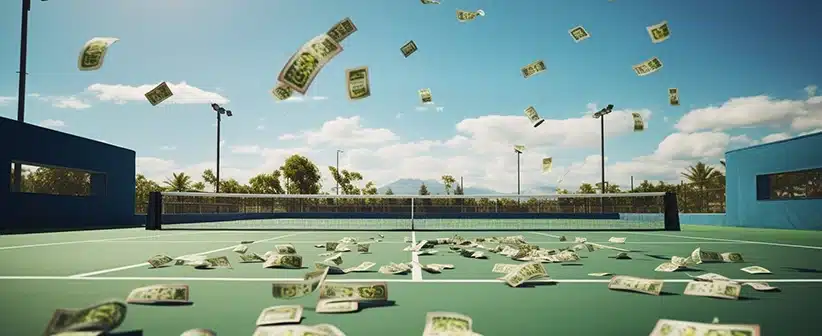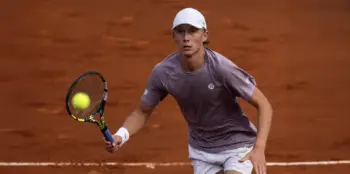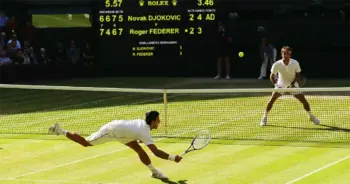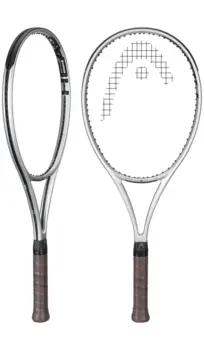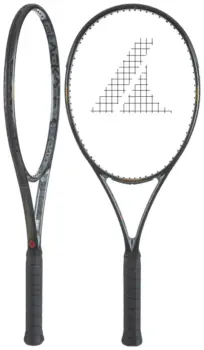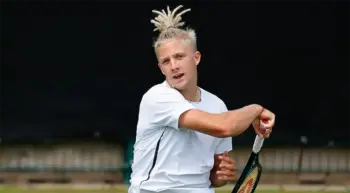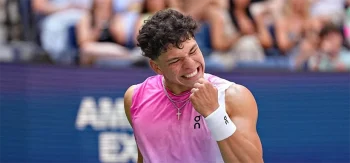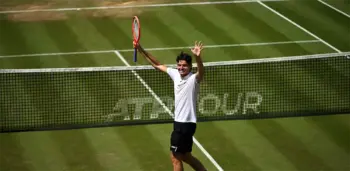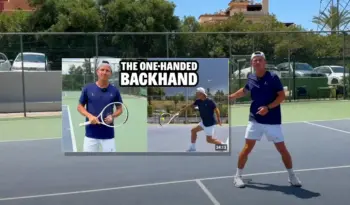Match fixing in tennis has for long been a shadow lurking in the background of the sport, often overlooked but periodically coming up to the surface through scandalous revelations.
Let’s have a look at some historical cases, what is being done about it and how the situation is today.
This is something to keep in mind at times when betting on tennis, especially on smaller tournaments.
Historical Context
Match fixing in tennis is not a recent phenomenon. It has been a part of the sport since the beginning. However, the issue gained significant attention in the past two decades with the introduction of online betting sites, making it easier for individuals to place bets on matches and thereby increasing the temptation for players to fix matches.
The allure of quick, easy money and also the desire to climb the rankings have driven certain players to engage in this behavior. We’ve seen subtle tactics like tanking or strategic withdrawals, and also more blatant acts of bribery and collusion. This sort of match fixing in tennis has infiltrated the highest levels for many years.
Famous Cases and Involved Players
Nikolay Davydenko vs. Martín Vassallo Argüello (2007)
Perhaps the most famous case that brought the issue to the forefront was the 2007 match between Nikolay Davydenko and Martín Vassallo Argüello in Sopot, Poland. Suspicious betting patterns were observed, leading to an investigation. Although no conclusive evidence was found against the players, the case highlighted the vulnerability of the sport to corrupt practices.
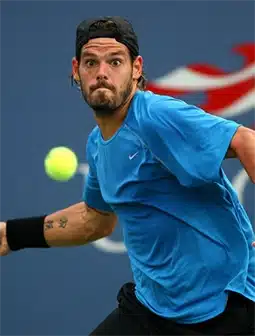
Daniel Koellerer (2011)
Daniel Koellerer, an Austrian tennis player, became the first tennis professional to be banned for life for attempting to fix matches. The Tennis Integrity Unit (TIU) found him guilty of making invitations to other players to participate in match fixing.
Italian and Spanish Players (2011)
In 2011, several Italian and Spanish players were implicated in match-fixing scandals, with investigations revealing their connections to betting syndicates.
Nicolás Kicker (2018)
Argentinian tennis player Nicolás Kicker was In June 2018 involved in match-fixing and was banned completely from playing tennis for at least 3 years.
Marco Cecchinato (2018)
Marco Cecchinato, a rising Italian star, was initially suspended for match-fixing but had his ban overturned on appeal. The case shed light on the complexities of proving match-fixing allegations.
Even young players are sometimes involved, we had previously reported about Oliver Anderson being charged with match-fixing back in 2016.
How is Match Fixing Done?
Match fixing in tennis typically involves players deliberately underperforming or losing specific sets or matches in exchange for monetary compensation from betting syndicates. These transactions are often facilitated by intermediaries and can be really difficult to trace.
- Bribing Players: One of the most direct ways in which match fixing occurs is through the bribery of players. This can involve offering large sums of money, gifts, or other incentives in exchange for intentionally losing or underperforming in a match.
- Manipulating Scores: Match fixers may attempt to manipulate the scores of matches to achieve specific outcomes. This can be done through collusion between players or by manipulating various aspects of the game such as sets, games, or even individual points.
- Spreading Insider Information: Match fixers often rely on insiders, such as coaches, trainers or other personnel associated with players, to provide them with inside information. This information can be used to predict the outcome of matches or to place strategic bets.
- Illegal Betting Syndicates: Match fixing is often driven by illegal betting syndicates that operate underground. These syndicates take advantage of the anonymity and global reach of online gambling platforms to place large bets on manipulated matches.
Tennis Integrity Unit (TIU)
The Tennis Integrity Unit was established in 2008 in response to increasing concerns over corruption in the sport. The TIU is responsible for investigating suspicious matches and enforcing anti-corruption measures. It has the authority to hand out fines and bans to players found guilty of match-fixing.
How is the Situation Today?
Enhanced Surveillance and Regulations
In recent years, tennis authorities have increased their surveillance and regulatory measures. The TIU has been particularly vigilant, employing sophisticated monitoring systems to track betting patterns and potential match-fixing activities.
Education and Awareness
There is a growing emphasis on educating players, especially at the junior level, about the dangers and consequences of match-fixing. Programs are in place to inform players about how they can be approached and what they should do in such situations.
Challenges
Despite these efforts, match fixing continues to be a challenge. It’s close to impossible to really solve this issue 100%. The lower levels and tournaments, where players often struggle financially, are of course particularly vulnerable.
The huge difference in prize money between the lower and higher levels of the sport often creates a fertile ground for corrupt practices.
Can it be solved?
Match fixing in tennis is a complex issue that requires continuous vigilance and effort from everyone involved in the sport. While progress has been made in quite many cases of identifying and punishing corrupt practices, the battle against match-fixing is ongoing, and will probably always be…
